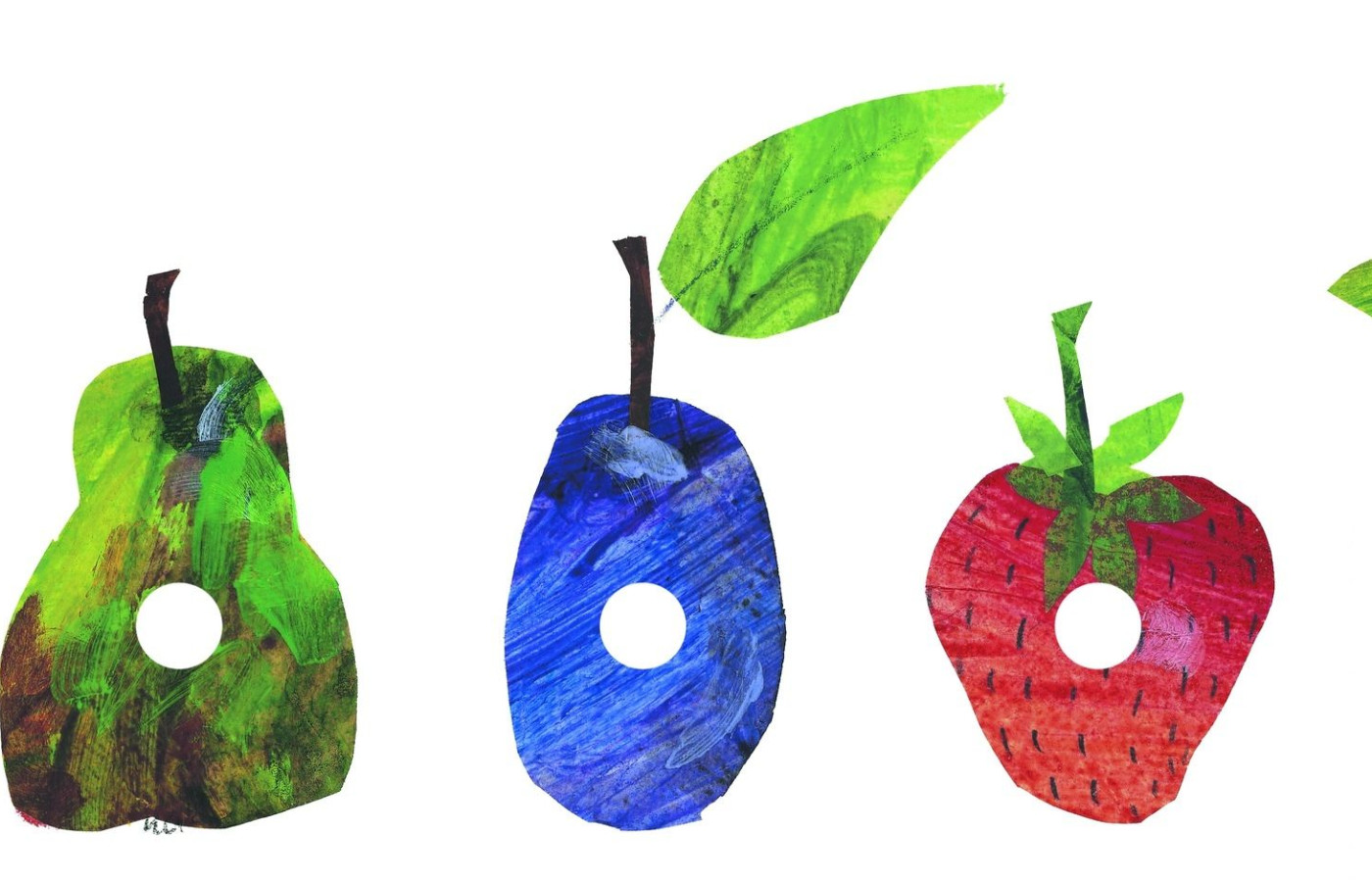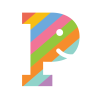"The Very Hungry Caterpillar" - food categories

"The Very Hungry Caterpillar" - food categories
Looking at healthy eating using "The Very Hungry Caterpillar" with some counting as well
Materials Required
- Book "The Very Hungry Caterpillar" by Eric Carle or watch the animation below
- Printed copies of the food from the book
- Pencils
- Scissors
- Two small baskets or containers for sorting 'healthy' foods and 'sometimes' foods
Play experience profile
-
Ages:
-
Min Playtime15 - 30 Minutes
-
Skills
-
Energy LevelQuiet Play
-
Messiness Rating
-
EYLF Outcomes
Play Experience Preparation
Print or draw with your child the foods from the book - Set up an area with your pictures and the two sorting baskets.Experience Steps
- Read the Book "The Very Hungry Caterpillar" by Eric Carle or watch the animation below.
- Discuss the foods in the story and count these as you talk about them.
- As you read the story talk about the foods - Is this food healthy? What does this food do for your body? Include discussion about 'sometimes' foods.
- Have the food cards from the story that you have made with your child mixed in a pile.
- Ask your child to choose a food.
- Ask them what the food is.
- Ask them if they think this is a healthy food or a 'sometimes' food.
- Repeat this process and have your child sort the food into the two baskets.

What to talk about, or questions to ask during the experience
- Introduce the concepts of healthy food and 'sometimes' food as you read the story.
- How many strawberries did he eat?
- How did the strawberries make him feel?
- How did the caterpillar feel when he ate lots of sometimes food?
- What healthy food did we eat today?
- Why is healthy food good for our bodies - gives us energy, helps us grow, helps our immune system.
- What are some of the 'sometimes' foods we eat?
Build on this...
- Set up a supermarket at home using empty boxes and containers.
- Write a shopping list together.
- Research what caterpillars and butterflies should eat.
- Prepare a healthy snack together to share.
- Talk about the different food groups and categorise the foods from the story and your child's favourite foods.
WHO guidelines for physical activity and sedentary behaviour
Provide evidence-based public health recommendations for children, adolescents and adults on physical activity.
Learn more
Provide evidence-based public health recommendations for children, adolescents and adults on physical activity. Learn more
Talk about why being physically active and eating healthy food is important to keep our bodies healthy.
EYLF Outcomes
The Early Years Learning Framework has been designed for use by early childhood educators working in partnership with families, children’s first and most influential educators.
View PDF
The Early Years Learning Framework has been designed for use by early childhood educators working in partnership with families, children’s first and most influential educators. View PDF
- Children take increasing responsibility for their own health and physical wellbeing
- Children develop dispositions for learning such as curiosity, cooperation, confidence, creativity, commitment, enthusiasm, persistence, imagination and reflexivity
- Children engage with a range of texts and gain meaning from these texts
EYLF Principle
Principle 2: Partnerships. Partnerships are based on the foundations of understanding each other’s expectations and attitudes, and build on the strength of each others’ knowledge.
EYLF Practice
Practice: Learning through play. Play can expand children’s thinking and enhance their desire to know and to learn. In these ways play can promote positive dispositions towards learning. Children’s immersion in their play illustrates how play enables them to simply enjoy being.
https://www.youtube.com/watch?v=75NQK-Sm1YY Animation of the book
https://healthykids.nsw.gov.au/munch-move-resources/munch-move-fact-sheets/ Key Factsheet Messages for Families
https://www.earlystartdiscoveryspace.edu.au/discovery-at-home/?_sf_s=story Share some other stories with educators at the Discovery Space, Early Start, University of Wollongong
Author:


